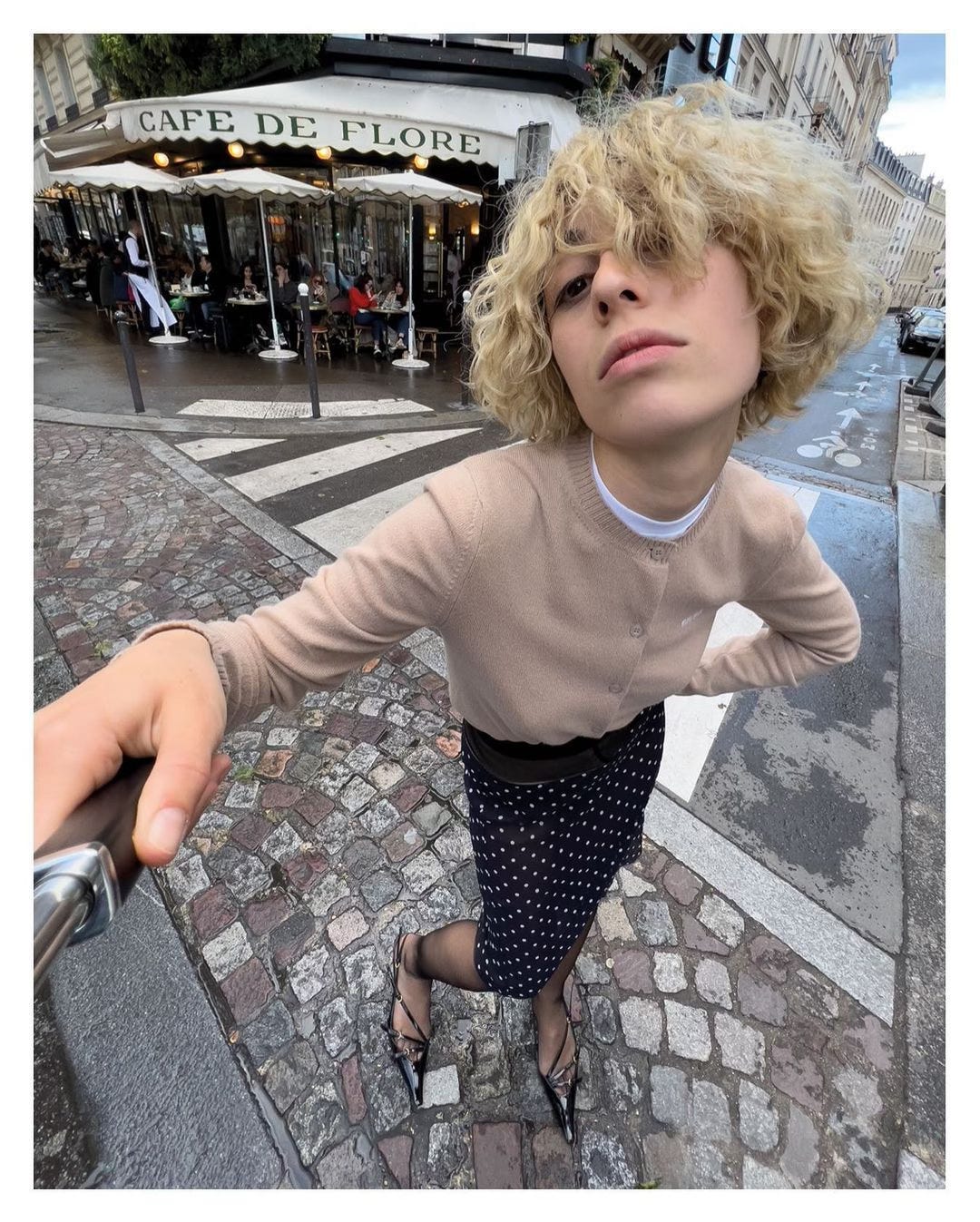The “media-person”: the emerging phenomenon in digital communication
Is this the new way of doing journalism?
In recent years, we’ve been witnessing a structural shift in the way information is produced and circulated. It didn’t happen overnight — it's been a gradual movement, where journalists, editors, content creators, and even academics or specialists have begun operating under a model that is at once individualistic and networked: more and more people are becoming their own media outlets.
I’ve started to think of this phenomenon as the “media-person”: a hybrid figure that doesn’t fully belong to any institution, yet isn’t solely a private individual either. These are people who, with their names and digital presence, have created their own channels of distribution. They inform, analyze, curate, promote, and generate conversation. No newsroom affiliation is needed to have impact.
This shift carries deep implications. In an article for Nieman Reports, journalist Julie Craven puts it succinctly: “having your own brand is key to surviving in today’s journalism job market” (2022). The concept of “personal brand” is no longer limited to influencers or entrepreneurs; it has become a survival strategy for journalists navigating precarity, layoffs, and declining trust in traditional media institutions. Taylor Lorenz, one of the most visible tech reporters in the U.S., has said it clearly: “journalists need to become their own entity.”
In Latin America, this dynamic is especially visible. Carmen Aristegui, Adela Micha, or Alejandro Páez Varela are not only journalists — they’re platforms. Their audiences follow them for who they are, regardless of what media company they work with. In projects like Aristegui Noticias or Los Periodistas, the person’s name or role becomes the brand itself.
But it’s not limited to high-profile figures. In Brazil, the MyNews YouTube channel — founded by Mara Luquet — reached over 345,000 subscribers in just two years and became economically sustainable without relying on any traditional outlet. In Mexico, more and more journalists are turning to Substack, personal TikTok accounts, or even Telegram channels as their main platforms. The media-person isn’t an outlier — it’s a sign of systemic change.
This shift also signals a broader decentralization of the media ecosystem. The Digital News Report 2024 by the Reuters Institute shows a significant increase in news consumption through social media in countries like Mexico, Brazil, and Argentina, particularly among younger audiences. News now arrives through people: someone you trust, someone who “explains things better,” someone whose voice you recognize.
From a sociological lens, this can be seen as a form of mediatization of the individual. Sociologist Alice Marwick and anthropologist danah boyd coined the term “micro-celebrity” to describe how individuals cultivate visibility and relevance through self-promotion — now a common trait among digital journalists. In social media, authority is built through consistency, tone, and connection.
And yet, this new logic carries its own risks. What happens when the accuracy of information depends on one person? How are facts verified? How is the work financed? Where is the line between fact and opinion — or journalism and entertainment?
The journalist becomes a single-body newsroom, a minimum viable infrastructure. They produce, edit, publish, promote, reply, moderate, sell. There’s not always time — or funding — for rigorous editorial oversight. And yet, the audience is there.
This isn’t inherently good or bad, but it does signal a broader shift: informational authority is being redistributed. People are not just consuming media — they are embodying it. Being a media outlet is now possible, and in some cases, even aspirational.
The challenge, as always, is what we do with that voice.








